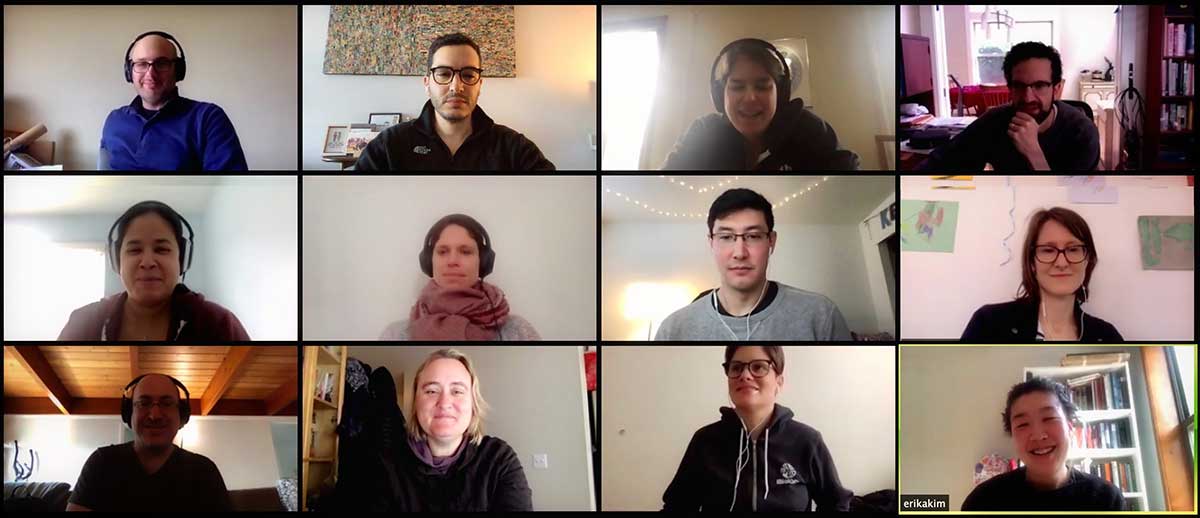Many of us scientists have been sheltering in place for a few weeks now, and so we find ourselves unable to carry out our experiments and projects. Despite having deserted our usual workplaces, we are trying our best to communicate with our lab mates, PIs, collaborators, and students. Thus, a lot of us have been turning to digital communication tools: Zoom, Skype, Slack, etc.

Although virtual meetings are a great way to stay engaged with our colleagues and our work, they are not without challenges, especially in these uncertain times when staying productive can be difficult and sometimes unrealistic. As we explore the uncharted territories of our virtual labs, iBiology wanted to share its top 10 dos and don’ts of video conferencing.
Do
- Do a technology check. Is your wifi signal strong enough or do you need to call in? Are your devices plugged in or charged? How about your mic and camera? Test your audio and video to avoid troubleshooting once the meeting has started. If you use a headset, you will sound better.
- Do your best to be on time. You might be juggling child care or adjusting to shifting responsibilities. People are likely to be understanding, but if possible, give them a heads up about your situation. Also, prepare for other people to be late.
- Mute yourself when you are not speaking, especially in a group call. This will reduce unnecessary noise. We all think your kid or puppy is the cutest, but sometimes we can’t hear you over their awesomeness.
- Look at the camera when you are speaking. You will seem more engaging, and don’t forget to adjust your camera so that it is pointing at the center of your face. Otherwise, everyone will be looking at the bottom of your chin or the top of your head.
- Make sure you dress appropriately for your meeting. The same rules that apply for in-person meetings still apply here, at least from the waist up. If you chose to rock the dress shirt with a comfy sweatpants look, make sure you don’t stand up or move around during the call.
- Make sure you have anything you will need for the duration of your meeting at arm’s reach: water, a snack, your notebook.
- Be aware of your background. If you have not had the time to tidy up and need to use a virtual background, make sure it is not too distracting. Floating in space or diving underwater will draw all of our attention and will make it hard to focus on you. Choose a relatively neutral background.
Don’ts
- Don’t be distracted. Turn off notifications on your computer and devices, especially when screen-sharing. If you have to multitask (we all do it, sigh!!!), don’t make it obvious and keep it short. The last thing you want is to be caught spaced out because you were reading emails or commenting on an Instagram post.
- Don’t interrupt people. Be courteous and wait for your turn. When meeting with a large group, it is a good practice to decide on speaking turns or the best way to ask questions beforehand. Zoom, for example, offers the option to raise your hand digitally, or you can also submit any questions and comments using the instant messaging feature.
- Don’t sit with your back to the window. If you are backlit, we won’t see your smiling face. Even when you are muted, smiling at your colleagues still works.
Finally, be kind to yourself! We are all under a lot of stress and are trying to do our best. If you can’t follow all of our recommendations, relax! Your presence and participation in whatever capacity is surely valued and appreciated.





Leave a Reply